The Lunkenheimer Building
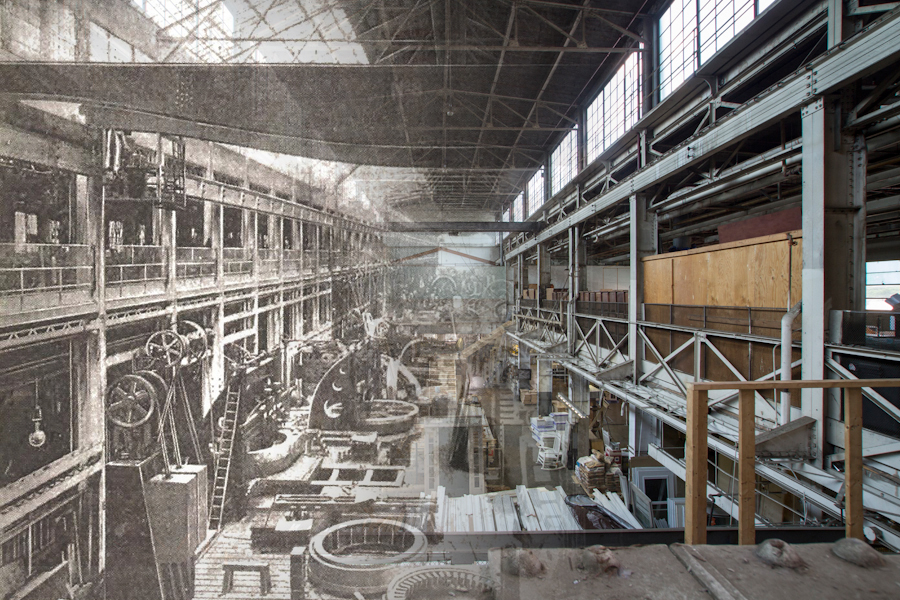
On Cincinnati's west side, there's an industrial icon being reborn. They've got space. They'll make space.

It was a sweltering hot morning in Cincinnati's South Fairmount neighborhood when I pulled up under the bridge connecting two buildings of the Lunkenheimer Valve Company's former headquarters. I had received an invitation from Gary Dawson to come check out what he and his son Drew had been doing with the building, once one of the largest industrial facilities in the city.
Their story is one of reuse, not just in the building itself, but in their overall mission.
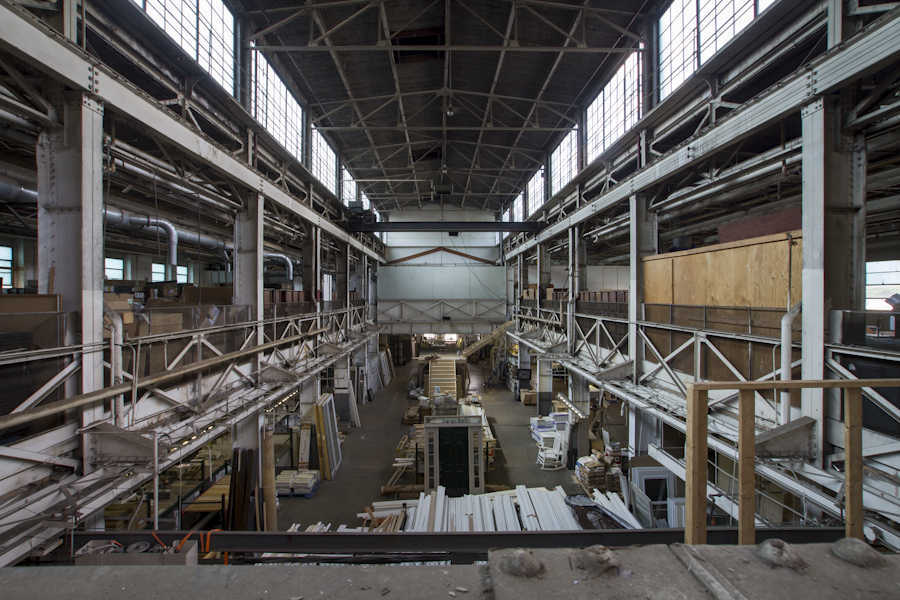
As soon as I enter the building's courtyard there's a buzz of activity and once inside I'm greeted by the friendly father-son duo who are breathing new life into this building. Right away, it's evident that these guys take a great deal of pride in what they do. As a fire protection contractor, Gary's seen his fair share of old buildings. He'll tell you though that this is one of his favorites and he'll do it with a smile while touring you around. His son Drew, although humble in discussing what they've built here, is a creative force that has an idea around every corner as we tour through the building.

The facility is over a century old. It's original tenant dates back to the immigration of Fredrick Lunkenheimer from Germany to the United States in 1845. Eventually, Fredrick's Cincinnati Brass Works became the Lunkenheimer Valve Company which constructed the South Fairmount facility. The company began a decline after World War II and by 1968 was bought out by Condec. Over the next several years, the building changed hands several times and was mainly used for storage and warehousing (the Clark Street Blog has an excellent and detailed history here).
 |
| - A section of the building's ReUse Center business. |
In the time I've been showing photos of abandoned and historical locations, one common theme that comes up in discussion is what to do with them. How do you save them? Are they worth saving? Is it even possible to save that location? Often times, these questions are speculated upon by people without the funds, drive or desire to actually make their idea happen. While historic preservation has seen a huge boost in reinvigorated midwestern cities, the remnants of the "Rust Belt" still often meet the wrecking ball or fall to the elements from years of neglect.
That's not the case though on Beekman St. The tag line on the building's website states: "We've got space. We'll make space." It sums up Gary and Drew's project perfectly. Whatever you want to dream up, they'll find and create a space for you within the building.
At the center of it all, is their ReUse Center. Taking donations of used and new materials, the center sells them at a fraction of their normal cost. Their stated goal is that they're "dedicated to taking materials headed for the dumpster and re-using them to help others build their own American Dream." In the corridors that once featured the whirring and buzzing of machines, there are now cabinets, drywall, lighting fixtures and other materials for sale. It's like a massive hardware store.

The ReUse Center's goals echo Gary and Drew's mission for the building: reuse, a second chance and an opportunity to do something good. On top of that, many members of their staff come from the affiliated Reset Ministries, a voluntary program for men looking to get back on their feet and find a new chance at life (they also recently started a similar ministry for women).
The production of brass products and valves is still a focus at the other half of the facility across the street, but over in the Dawson's property the notion of a "rebirth" of sorts exists on multiple levels.

As I toured the building with Gary and Drew, it became clear that what they want to do is limited only by their imagination, not just the walls of the building. Walking through one of the main corridors, Drew talks about one of his many ideas: a coffee shop illuminated by a giant chandelier hanging from the industrial crane above.

Meanwhile in other parts of the building, they show off how their craftsmanship can suit a client's needs. We tour offices, workshops, storage, a few recording studios, artist spaces and even a full photography studio that they have available for rent.
 |
| - The buildings photography studio. |
On a lower level, a church congregation regularly meets.
 |
| - A church congregation meets within the building regularly. |
In other sections of the massive building that haven't been repurposed, the structure's history shines through.

Previous tenants left behind a stockpile of used clothing:


In the basement, the former coal burning furnace no longer gives off heat, but remains in place:
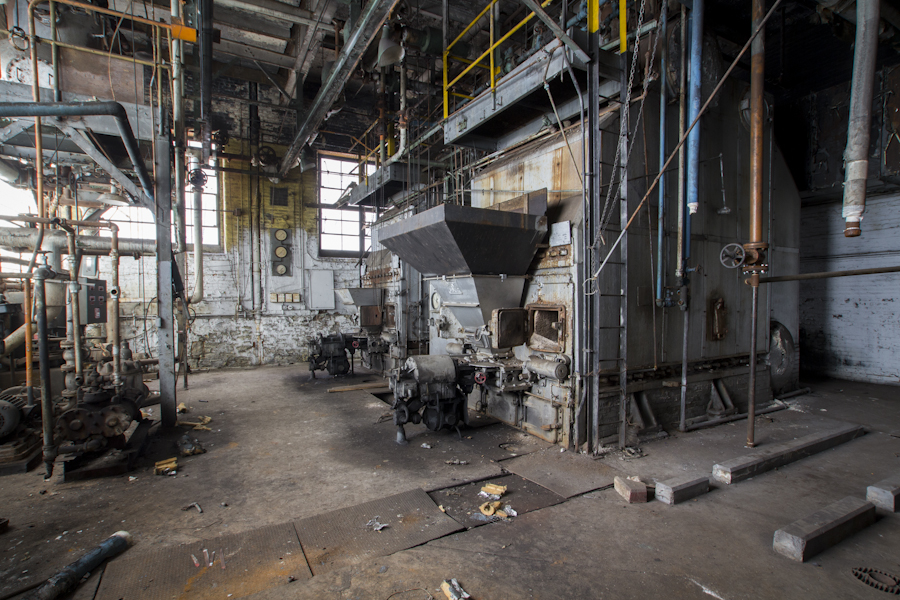
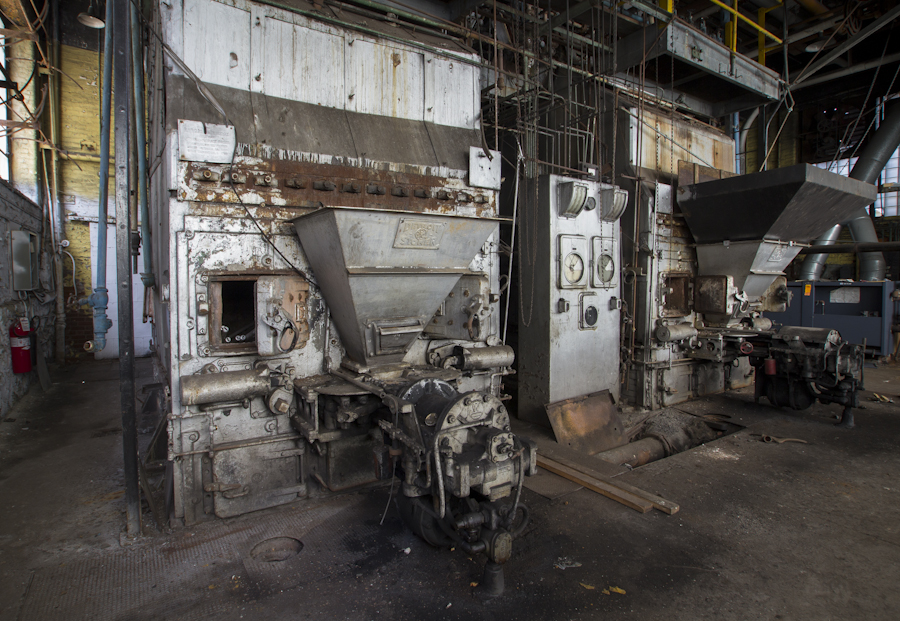




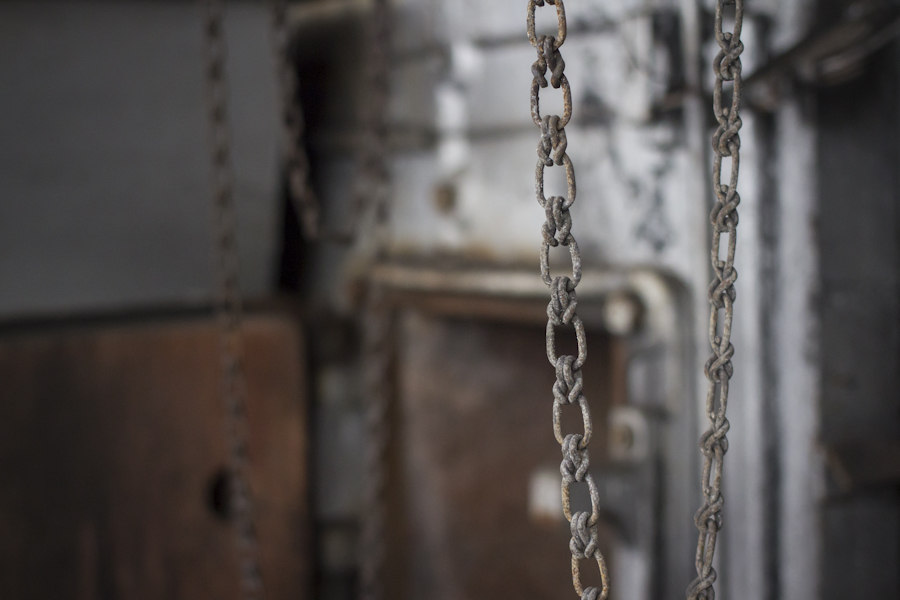
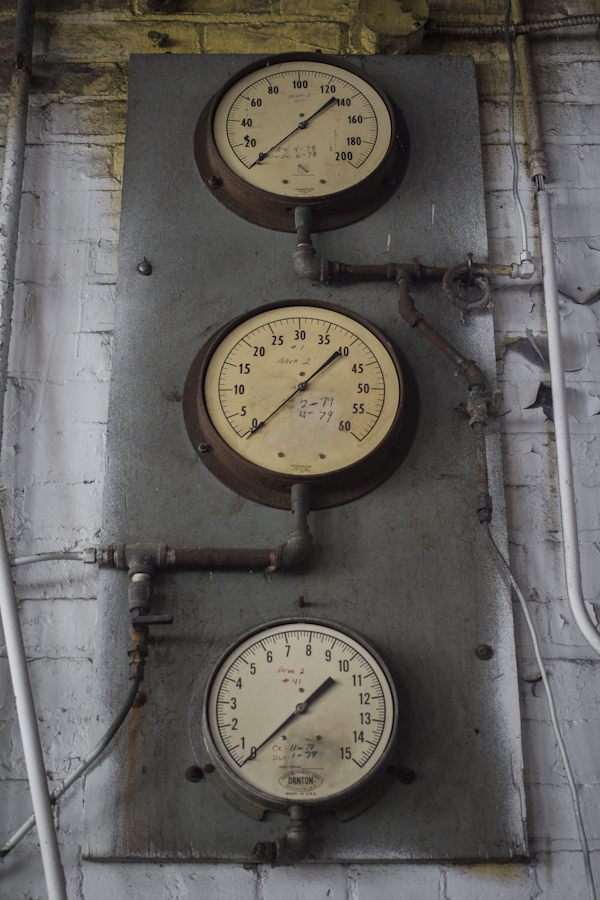



American manufacturing has changed greatly since the economic boom following the Second World War. As economics changed, so did technology and the facilities required to accommodate production. The Lunkenheimer Building could've become another blighted property awaiting someone to pay for a wrecking ball. It could've sat idle while someone kicked around the idea of building condos within its walls. It could've been another spot on the tour of the Midwest's rust belt.
It's not though. It's alive again and diverse in what it houses. Gary and Drew have breathed new life into a historical structure, while at the same time helping people and using their creativity to fuel their passions.
Above: The Lunkenheimer Building as it appeared in a 1915 issue of Machinery Magazine.
Below: The ReUse Center's section of the building.
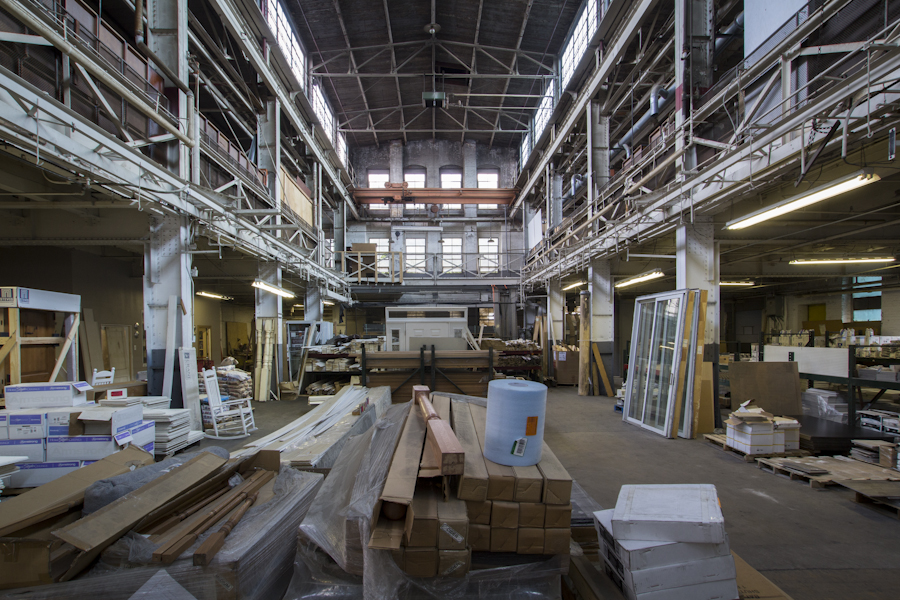
The Lunkenheimer Building's official website.
ReUse Centers.
Reset Ministries.
